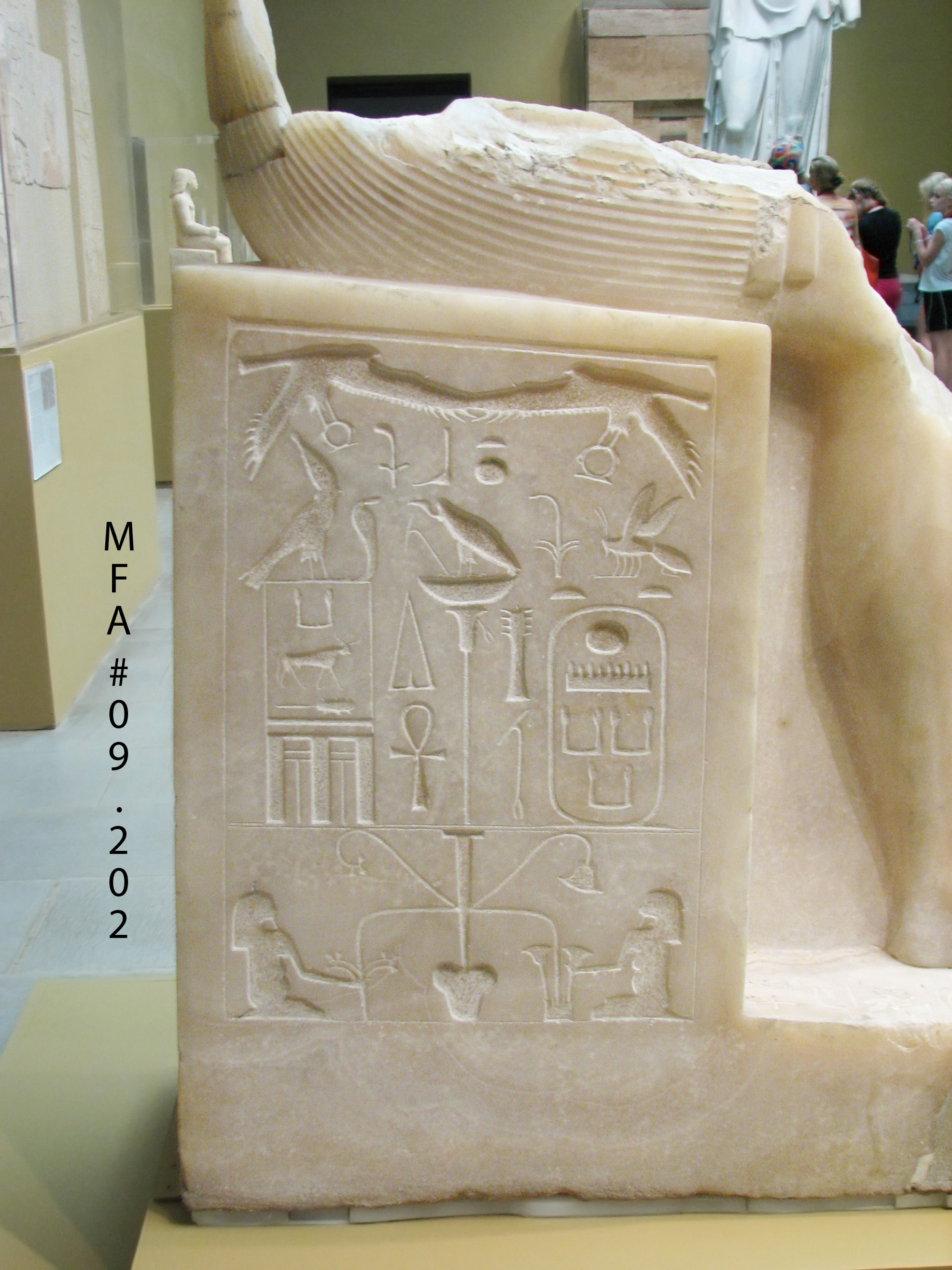
Egypt, Dynasty 4, 2490–2472 B.C.E.
Travertine (Egyptian alabaster)
Harvard University—Boston Museum of Fine Arts Expedition 1909, MFA #09.202
Photos © Joan Ann Lansberry
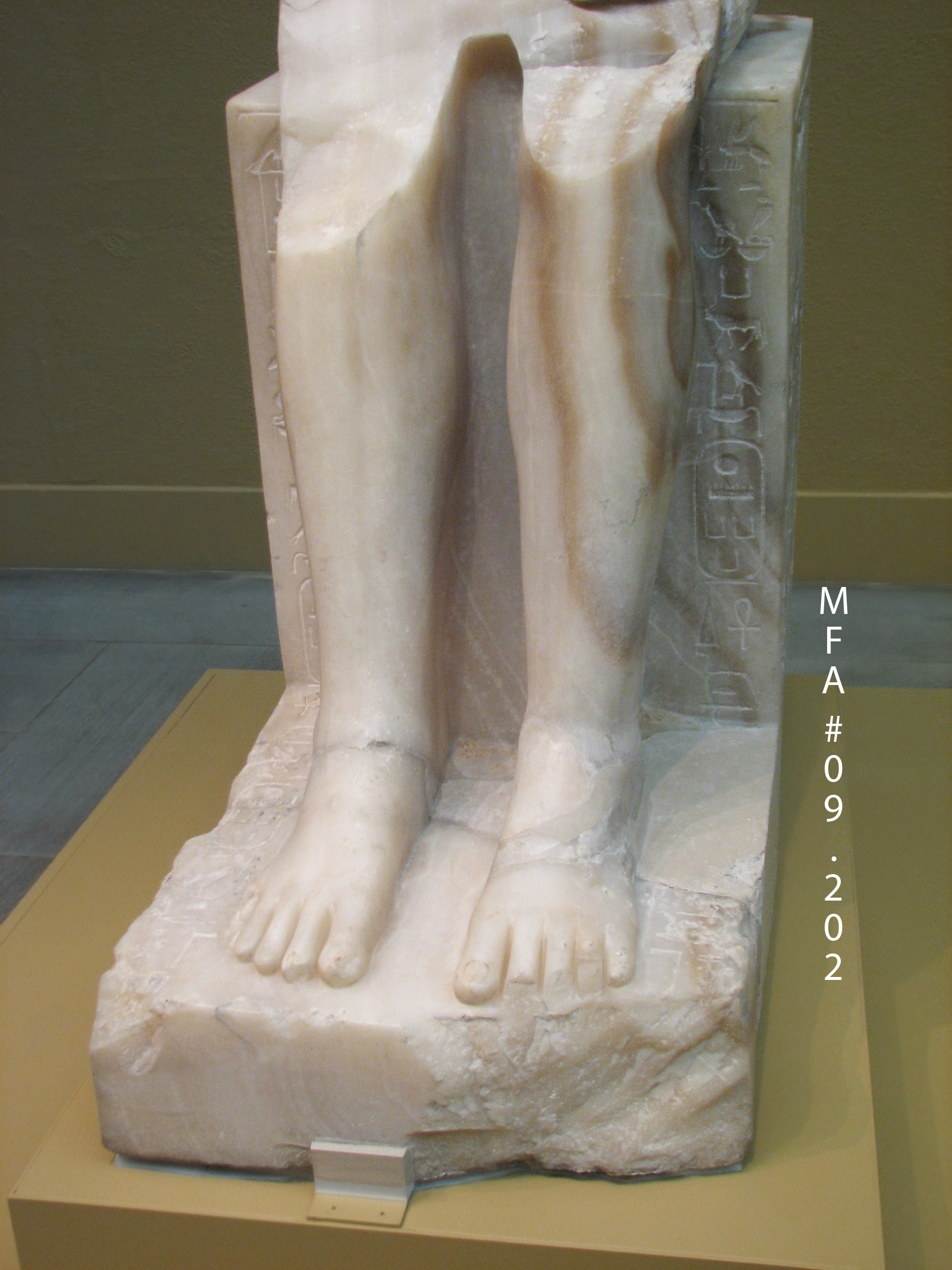
Part of one foot and base is infill...
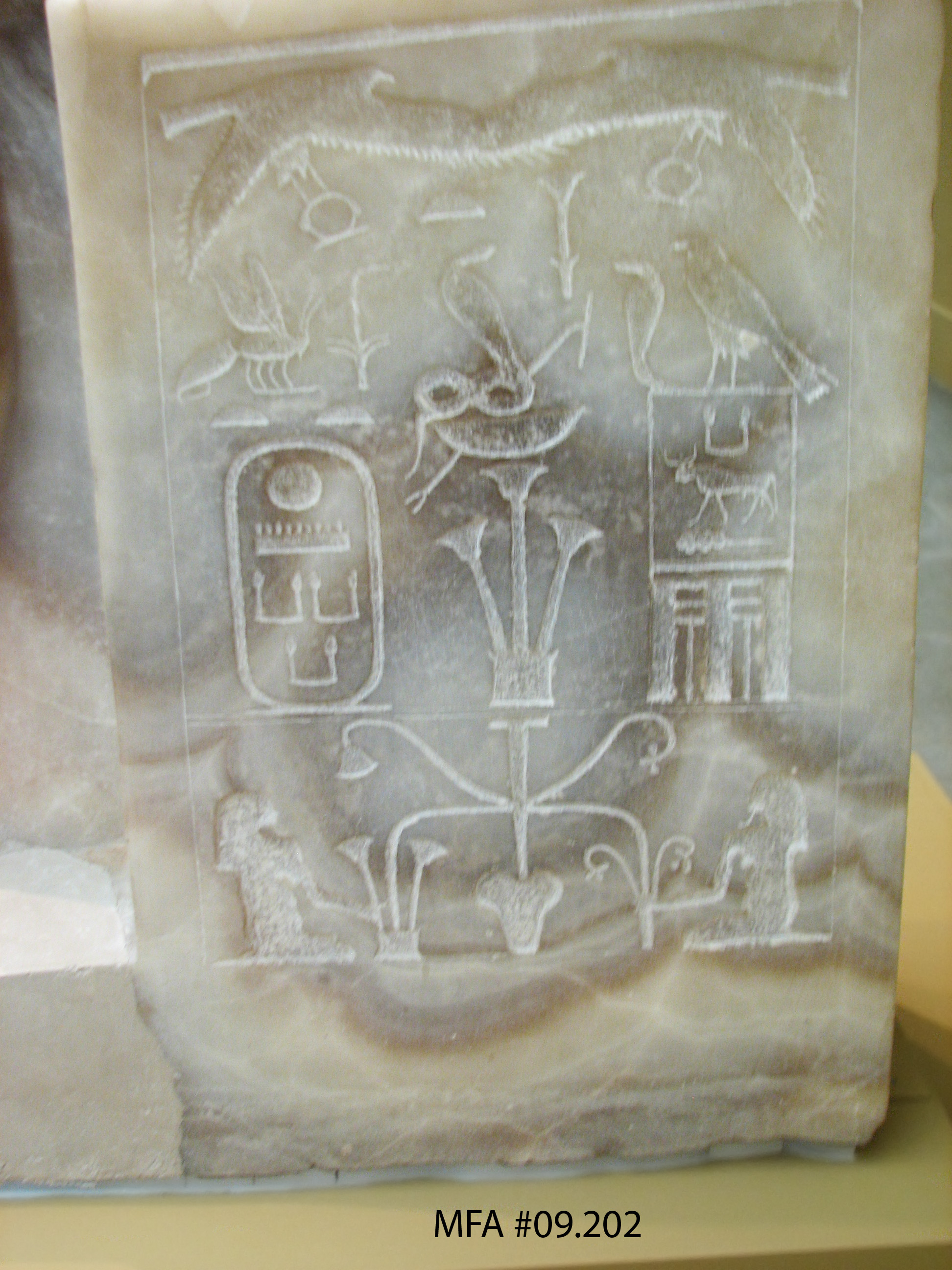

Egypt, Dynasty 4, 2490–2472 B.C.E. Travertine (Egyptian alabaster) Harvard University—Boston Museum of Fine Arts Expedition 1909, MFA #09.202 Photos © Joan Ann Lansberry 
Part of one foot and base is infill... 
|
"The figure is broken but it's the throne that matters here. Carved in exquisite sunk relief, the sides show two falcons hovering protectively over the king's names. Below is the ancient Egyptian 'coat of arms' in which the gods of the two halves of the country symbolically tie the lily of Upper Egypt (the south) and the papyrus of Lower Egypt (the north) around the hieroglyph for 'to unite,' the whole reading 'Uniting the Two Lands.' A simpler version of the scene, without the deities, is carved on the back, below the kings name." (From info card)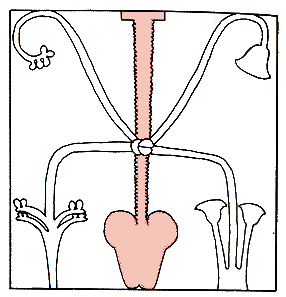 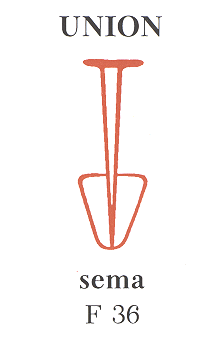 |


